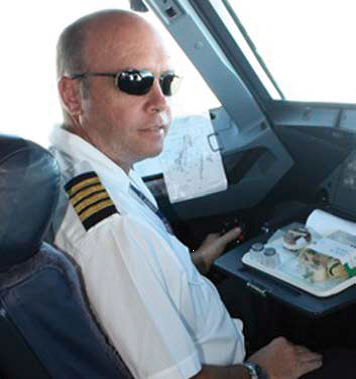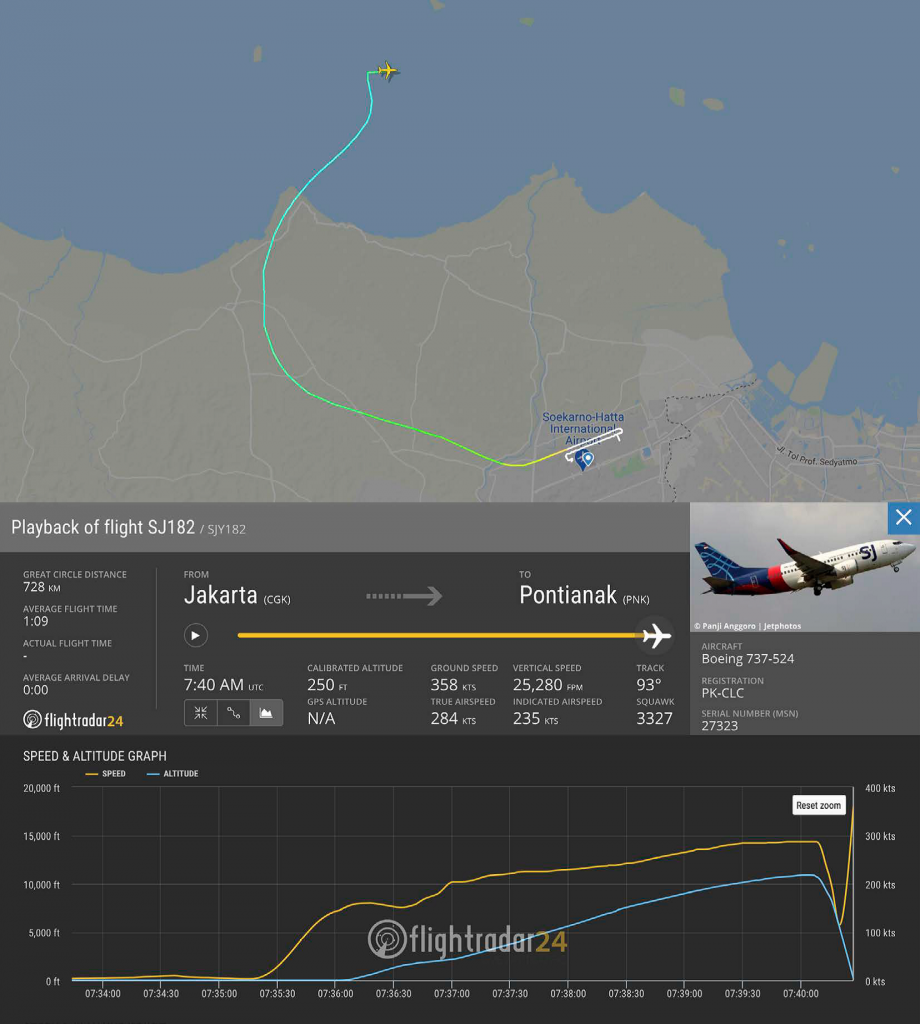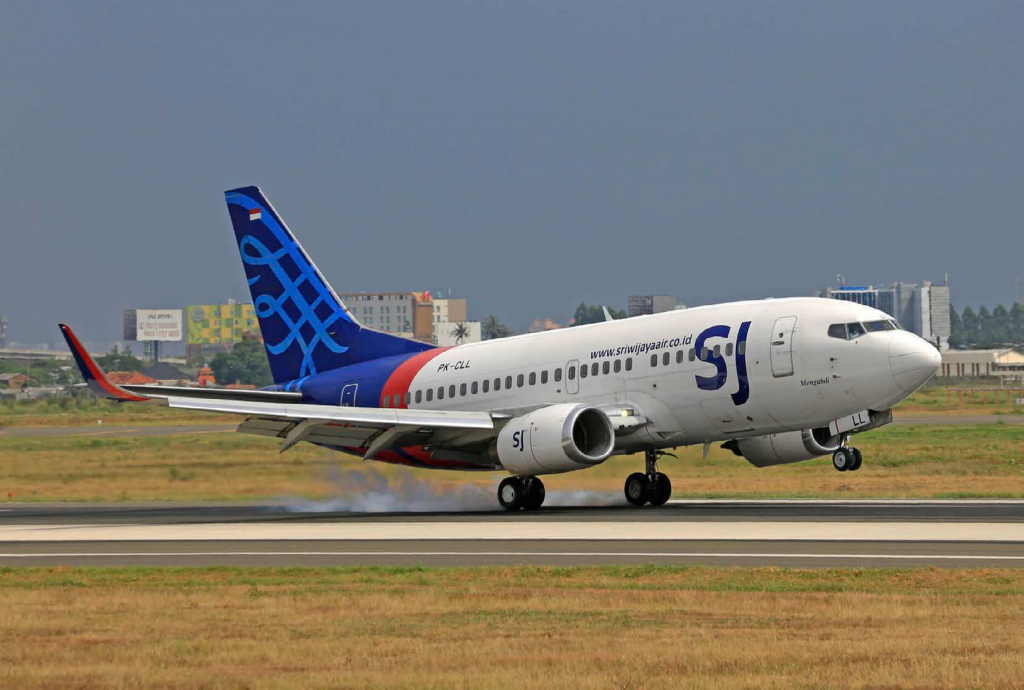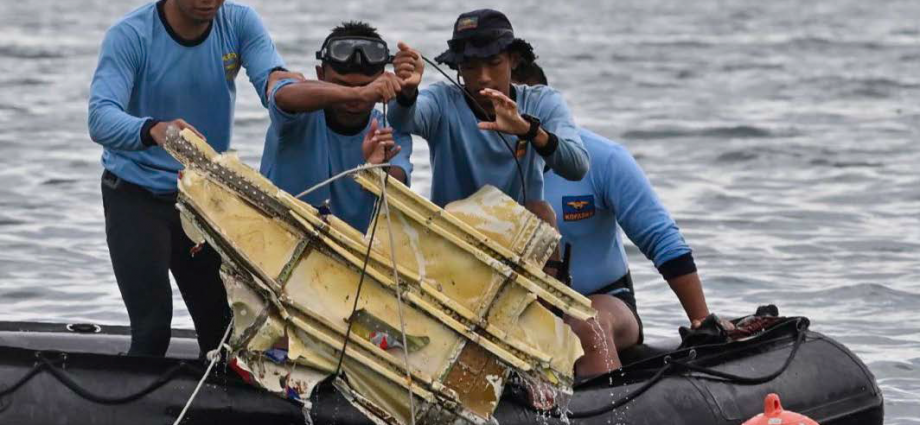On 9 January 2021, a (mostly) serviceable Boeing 737-500 departed controlled flight from eleven thousand feet, and plunged vertically into the sea, killing all 62 people on board.

Maintenance records indicate a minor issue with the auto-throttle system on a few previous flights, although this appeared to be rectified and signed-off prior to this particular flight. This history should have been known to the crew of the accident flight, as that is what reviewing the technical log is meant to achieve.
Thus, the so-called ‘startle factor’ should have been anticipated to a certain extent. However, as the aircraft levelled off at this relatively low altitude, it steadily turned to the left and essentially rolled inverted and went vertically downwards, during which it lost around 8000 feet in eleven seconds. That is an almost impossible situation to recover from, given the altitude.
Of course, they should not have entered such an attitude in the first place.
According to the Flight Data Recorder (FDR), the left thrust lever retarded as it should have done to maintain the selected speed during the level off process, while the right thrust lever’s drive failed, leaving it in climb thrust during the level off process. This, to a certain extent, would be very similar to a thrust asymmetry that would be encountered during an engine failure. However, a glaringly obvious difference would have been the split in the two thrust lever positions – one would have been almost fully forward, while the left would be reducing to the idle position.

of control into an almost vertical dive.
I recall my very first ‘real jet’ conversion around21 years ago. This was after spending almost three years as a third pilot on Boeing 747 classics, which successfully dulled my flying skills due to limited ‘hands-on’ exposure to the critical phases of flight -namely take-offs and landings. The much smaller and immensely enthusiastic handling qualities of the 737-200 was most certainly a case of learning a whole new skill set of reactions to handle, in what appeared to me at the time to be little rocket.
Being a short coupled, swept wing aircraft, its reaction to a significant yaw movement was noticeably different to what I had encountered in my previous straightwing turbo-prop life. The introduction of wing sweep for the jet age was more than creating a good-looking aircraft that appeared fast while standing still on the apron. This design feature was aimed at resolving the high-speed issue of airflow over portions of the wing becoming supersonic, as the air is accelerated over the curved upper surface of the aerofoil section. If this happened at an actual airspeed less than the design ideal, it would result in a sudden increase in drag and loss of lift at that particular point of the wing. This is referred to as Mach Crit, or the Critical Mach Number where sub-sonic airflow becomes momentarily supersonic with all the unwanted issues that it brings with it.
The sweep of the wing presents a ‘longer’ cord line to the relative airflow, which tricks the air that the actual curvature is more gradual than it really is. This results in less local acceleration, and thus a delayed onset of Mach Crit. As with most design compromises, this creates a few unintended consequences as result. Specifically, if the aircraft is yawed significantly, the advancing wing, while having momentarily accelerated airflow over it, also presents a different profile to this accelerated flow, resulting in a sudden increase in lift, and a not-so-good decrease of Mach Crit.
As we all know from our Student Pilot days, the secondary effect of yaw is roll. The Boeing 737 family takes this to a new level as a result of the wing sweep. Anyone who has done engine failure training in the 737simulator is aware of the almost instantaneous rolling moment that is brought about by the asymmetric thrust-induced yaw. This is significant enough that the immediate reaction to this is to level the wings with aileron, and then feed in the same-direction rudder until the aileron input on the control column is almost neutralised.
Once the appropriate amount of rudder trim is used, the yawing moment is reduced, and the swept wing is almost back to normal in terms of how the relative airflow meets it. Without a doubt, this played a role in the initial upset of this accident flight. What I find absolutely staggering is that either a simple adjustment of the thrust levers or the application of an initial amount of aileron and rudder would have solved this problem before it actually became a real problem.

I perform a very simple demonstration for students who are new to twin engine flying. Just as the effect of thrust is demonstrated early on in basic flying, the effect of asymmetric thrust is a very significant illustration of how engine-induced yaw can upset the proverbial apple cart. In one of my Piper Seneca’s, by simply retarding one throttle to idle with zero corrective flight control input, has us in a spiral dive in a few short seconds.
A repeat of this exercise with the only input being rudder to stop the yaw, and very little happens, save for a gentle descent due to the added drag of the wind milling propeller. I sum it up by saying ‘you stop the yaw and you stop the problem. ’Going back to my speculation on this latest Loss of Control In Flight (LOC-I), the FDR indicates that the autopilot was engaged during the level off and asymmetric thrust reduction sequence. This elderly 737 (and even through to the latest version, the MAX), has a two-axis autopilot – just like a Seneca– supplemented with a yaw damper. This means that roll and pitch are controlled, and yaw is only damped.
The autopilot would have controlled the roll with aileron to the best of its ability, which is somewhat reduced compared to manual control. It cannot, however, automatically trim this axis, so when it reached it’s programmed maximum control force and abruptly disengaged (as it is designed to do); a smartish half-roll would have ensued if the crew were not on top of their game. As mentioned previously, they were, for whatever reason, not actively monitoring the automatics as per their lack of correcting the auto-throttle issue.
Following this sudden and probably quite violent roll event, the aircraft nose would be well below the horizon, and the eleven second plummet had started. The perfect storm for a LOC-I event. For the unwary crew, I must add. I would be most interested to see what Upset Prevention and Recovery Training (UPRT) program had been in place with this particular operator.
Let’s all keep the blue side up, folks


